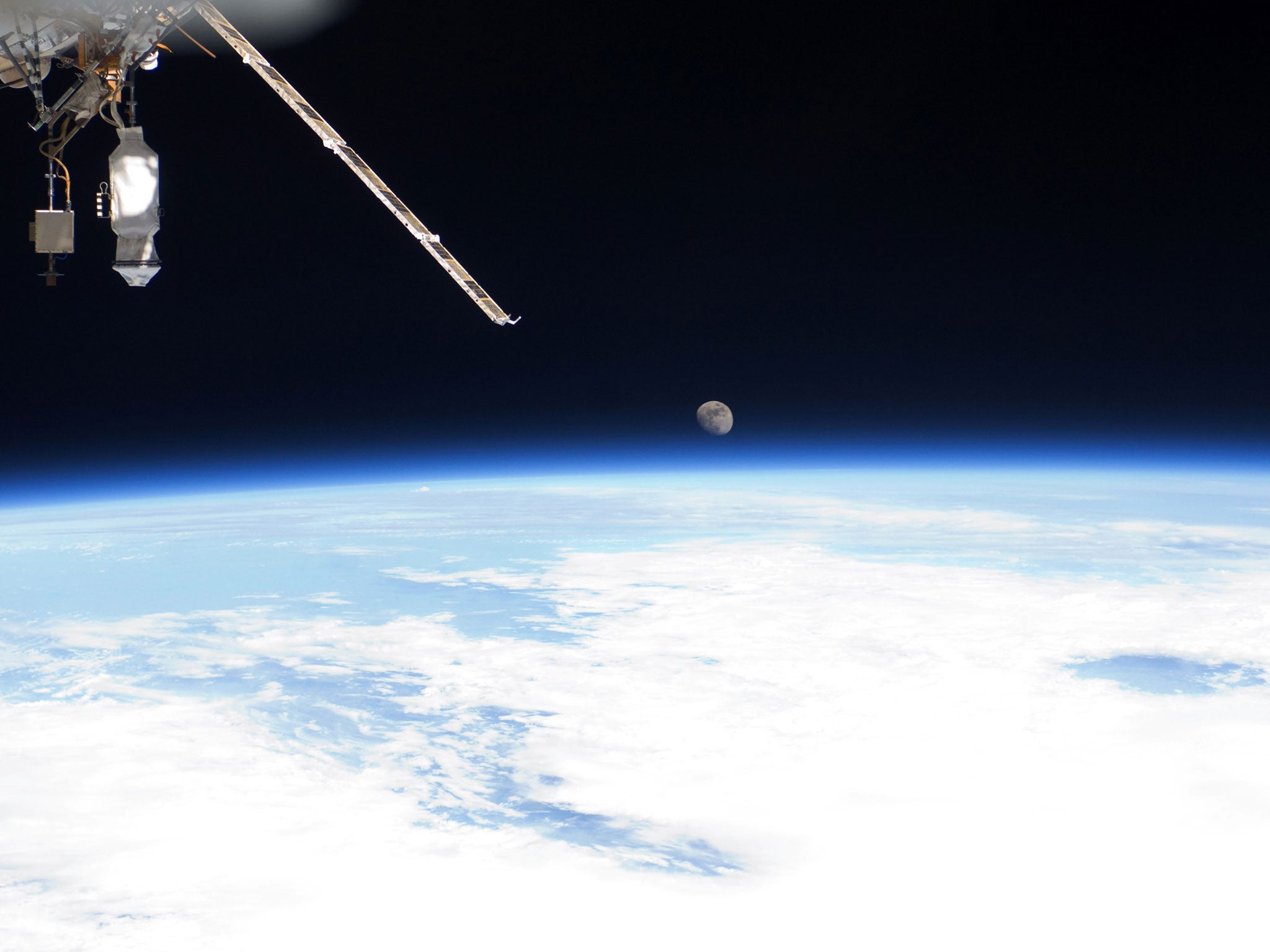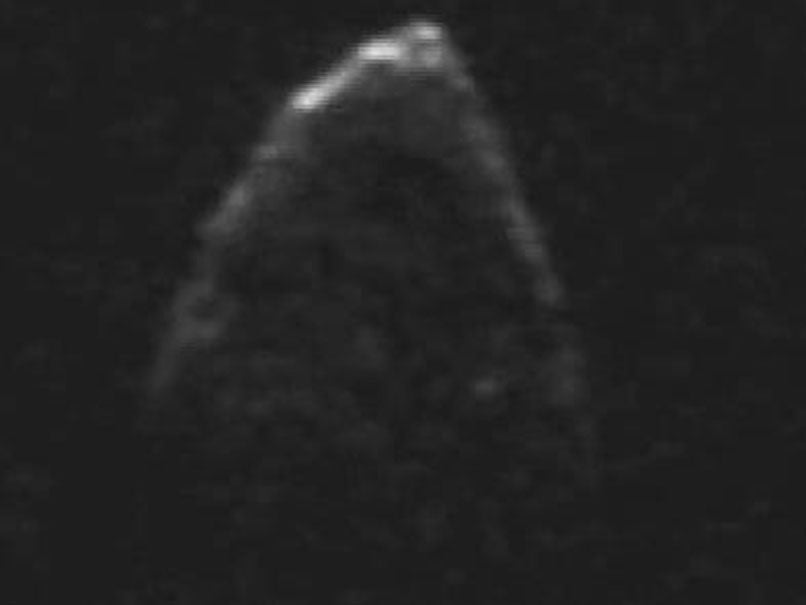The Independent's journalism is supported by our readers. When you purchase through links on our site, we may earn commission.
Asteroid that 'could end human life' is heading for Earth, scientists say
'One in 4,000 chance' that asteroid 1950 DA could hit planet on 16 March 2880

Your support helps us to tell the story
From reproductive rights to climate change to Big Tech, The Independent is on the ground when the story is developing. Whether it's investigating the financials of Elon Musk's pro-Trump PAC or producing our latest documentary, 'The A Word', which shines a light on the American women fighting for reproductive rights, we know how important it is to parse out the facts from the messaging.
At such a critical moment in US history, we need reporters on the ground. Your donation allows us to keep sending journalists to speak to both sides of the story.
The Independent is trusted by Americans across the entire political spectrum. And unlike many other quality news outlets, we choose not to lock Americans out of our reporting and analysis with paywalls. We believe quality journalism should be available to everyone, paid for by those who can afford it.
Your support makes all the difference.Scientists have moved closer to being able to stop a huge asteroid colliding with the Earth and potentially wiping out human life.
Researchers at the University of Tennessee have discovered that blowing the space rock up could make the collision worse by causing several devastating impacts.
Instead, small changes could be made to its surface to disrupt the forces keeping it together and cause it to break up in outer space.
They were studying asteroid 1950 DA, which first became infamous in 2002 when astronomers estimated it had a one in 300 chance of hitting the planet on 16 March, 2880. However, the odds of a collision were later revised to a more reassuring one in 4,000.
The asteroid has a diameter of one kilometre and is travelling at nine miles a second relative to the Earth, which it would hit at 38,000 miles per hour.
The impact would have a force of around 44,800 megatonnes of TNT and cause a huge explosion, tsunamis and change the climate of the globe, devastating human life.
But with 35 generations to go until its possible arrival, scientists are confident that the disaster can be averted.

The University of Tennessee researchers said 1950 DA is rotating so quickly it “defies gravity” and is held together by cohesive forces, called van der Waals, never before detected on an asteroid.
The findings, published in the science journal Nature, could prompt a change in tactics defending our planet.
Previous research has shown that asteroids are loose piles of rubble held together by gravity and friction but by calculating 1950 DA’s thermal inertia and bulk density, the team detected the action of cohesive forces that stop it breaking up.
Ben Rozitis, a postdoctoral researcher, said if only gravity were holding it together, the spinning would cause it to fly apart.
The rotation is so fast that at its equator, 1950 DA effectively experiences negative gravity and if an astronaut were to attempt to stand on the surface, he or she would be thrown off into space.
The presence of cohesive forces has been predicted in small asteroids but definitive evidence has never been seen before.
“Following the February 2013 asteroid impact in Chelyabinsk, Russia, there is renewed interest in figuring out how to deal with the potential hazard of an asteroid impact,” Dr Rozitis said.
“Understanding what holds these asteroids together can inform strategies to guard against future impacts.”
An estimated 1,500 people were injured when an undetected meteor exploded over the city of Chelyabinsk, releasing more than 30 times the explosive energy of the Hiroshima bomb.
It ripped through the atmosphere at 19 kilometres per second and was equivalent to between 500,000 and 600,000 tons of TNT, scientists found.
People directly under the flight of the meteor were knocked off their feet and many others suffered sunburn or eye damage as they looked at the intense fireball.
A shockwave following the impact knocked out thousands of windows and destroyed parts of buildings, injuring anyone nearby with flying debris.
* This article was updated with information regarding the odds of the asteroid colliding with Earth
Join our commenting forum
Join thought-provoking conversations, follow other Independent readers and see their replies
Comments